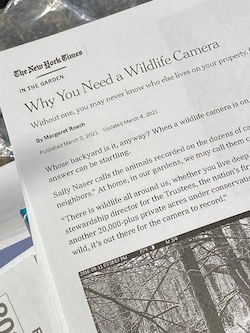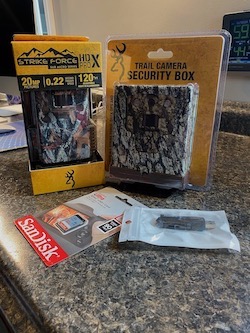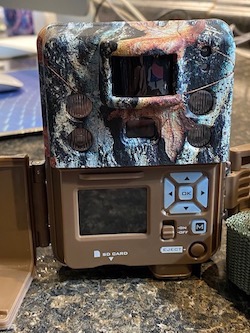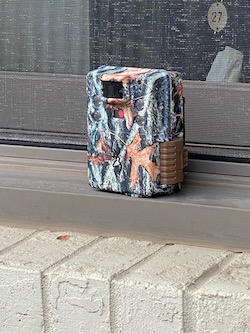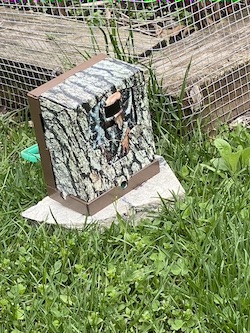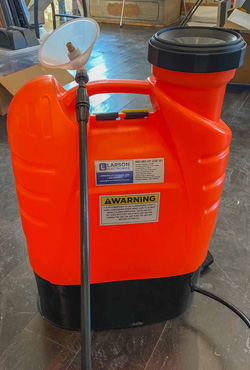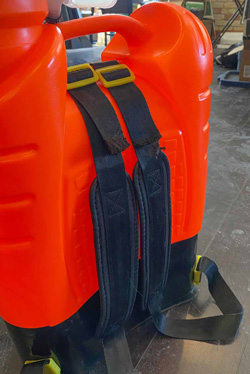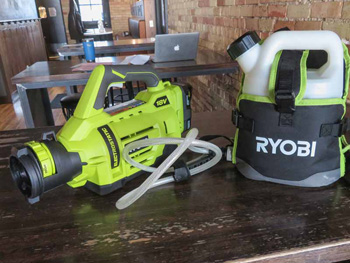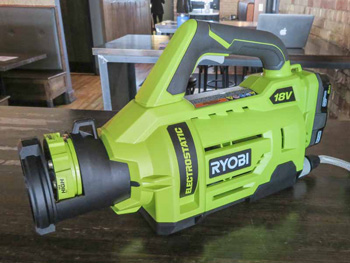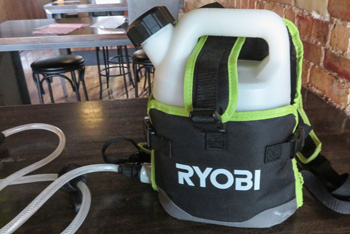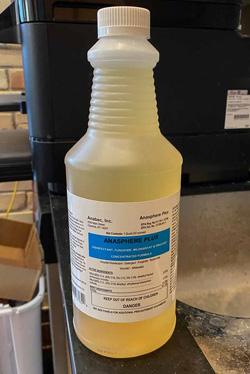Once upon a time we were in the “software” business.
Here’s how we got to that starting line.
In 1973 I started working at several corporate computer centers as a programmer and system analyst. I would sit at a desk size keyboard to write programs on punch cards. I’d feed those punch cards into a room size mainframe computer to get it to perform a series of calculations required to run various business functions. The humongous mainframe computer was mostly relegated to tasks that only personnel with a technical background could handle.
Starting in the late 1970s a small device affectionately known as a microcomputer appeared on the scene. Micros were the beginning of a new kind of tiny (compared to the mainframes) personal computer that could fit on a small desktop.When a micro named the Commodore PET was announced, I placed an order for one. Soon after, I received delivery of the all-in-one Pet serial number 57. My goal was to see if it could be useful for the more general public. But I was surprised that the PET wasn’t as user friendly as I expected – especially programming it to do useful tasks. This then was the start of the small software business name ABACUS that would take us through the next 30+ years.
|
 Our first product was a book for programming the PET “microcomputer” |
|
Despite its relatively high price ($795 to $995), the PET quickly became a popular product. In fact we sold tens of thousands of the PET Machine Language Guide. We quickly published a series of other books for the PET and produced dozens of games, music, tools and other software for successor Commodore micros in coming years. |
|
 our display at an early microcomputer trade show |
|
|
Soon many new micros were being introduced and sold: Tandy TRS-80, Apple II, Amstrad, Texas Instruments and several more. By the mid-1980s we turned our energies to a more powerful micro from Commodore called the Amiga. |
|
 By the mid-1980s there were several new brands of micros |
|
|
We continued developing software and publishing books (more than 200 products) during the next ten years mostly for the huge IBM PC marketplace. This was a time of a very competitive environment – so competitive in fact that we barely stayed above water business-wise. But skip ahead to the mid 1990s and we somehow found ourselves producing hundreds of unique and innovative products for users of Microsoft Flight Simulator. We attended many aviation conventions and software trade shows where we bumped up against many amazing classic and modern aircraft and the interesting people who fly them. This was one of the most exciting times for us at Abacus. |
|
 a huge C-17 passing over the crowds at Oshkosh airshow |
|
 more flight simulation software |
|
 one of our flight sim accessory mouse pads |
|
 some souvenirs from over the years |
|
The flight simulator market gave us a much welcomed boost to our business for an extended number of years.
However, Microsoft withdrew its Flight Simulator product from its lineup so in 2011 we decided that it was time to take down our shingle.
So that’s a short history of our previous life hawking computers, software, books and magazines.
It was fun being pioneers at the start of the microcomputer era – one that lasted 33 years for us. And while this previous life has passed, these past times are something to look back on having made many friends and recalling so many good experiences.







